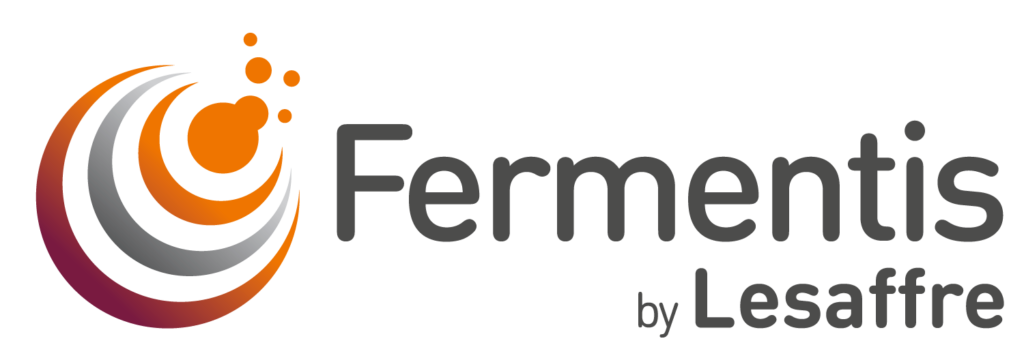OCEANICA WINERY JOSÉ IGNACIO TESTIMONY – URUGUAY (Santiago Degásperi)
Tell about the José Ignacio Winery and your position there.
I have been the wineries  oenologist since 2020. We work with a technical team advised by the Hans Vinding Diers, an international consultant, and always try to obtain the highest quality and to potentialize the land’s features. The winery is located near the José Ignacio spa, a little over 5 km from the ocean and 30 km from Punta del Este. We try to capture the ocean’s influence in the wines we make.
oenologist since 2020. We work with a technical team advised by the Hans Vinding Diers, an international consultant, and always try to obtain the highest quality and to potentialize the land’s features. The winery is located near the José Ignacio spa, a little over 5 km from the ocean and 30 km from Punta del Este. We try to capture the ocean’s influence in the wines we make.
How did you participate in the international testing with Fermentis experimental products?
Besides being the company’s oenologist, I am also the Fermentis representative for Uruguay, and, as such, I had the opportunity to get to know the novelties that come out every year. At the same time, this double role allows me to experiment with the products, gathering more information and being able to recommend, or suggest options to customers.
What were the most important results obtained in terms of kinetics, analytical or sensory when using the new development?
Very even fermentation kinetics were observed, with average nutritional requirements, and a great fruit expression from the beginning of fermentation, as well as great aromatic intensity, something we aim for with Tannat. Sensory wise, we also noticed an interesting smoothness in tannins, a very pleasant texture, which is maintained to this day.
What role should the oenological inputs used in the fermentation process fulfill?
They are tools that, when making wines, contribute to obtaining results that are compliant with goals. In particular, yeasts and yeast derivatives, must ensure complete fermentation and provide pleasant characteristics to the wine.
Have you been able to find a commercial strain that came close to the sensory goal you desire?
We are on a search, with a clear objective for every type of wine, and a horizon in terms of sensory characteristics and land expression. For each specific Tannat case, we aim for certain notes that identify the origin, an incredible super characteristic aroma that appears in our wines that remits to algae, as well as eucalyptus notes and very interesting ripe red fruit notes. Along this path, we experimented with different yeasts, including those native of the vineyard itself and this specific yeast and polysaccharides combination proposed by Fermentis helps us reach our goal.
Did you know that the Lesaffre is specialized, among other things, in producing specific strains for its customers through its BU Fermentis? Would you be interested in analyzing the native strain production with the E2U™ system?
This possibility is very interesting since we believe we are in a zone with excellent climate conditions for the vineyard’s development. Therefore, being able to use our own yeast strains could be a boost to achieving the objective of expression and authenticity I mentioned before.
How important is Tannat in your winery’s production?
Tannat is the strain with the greatest extension in our vineyard, therefore, it is of great importance. Furthermore, it is one of our great challenges, since we are still searching for the best version of Tannat in a land with these features, which is a very interesting path of research and experimentation.


